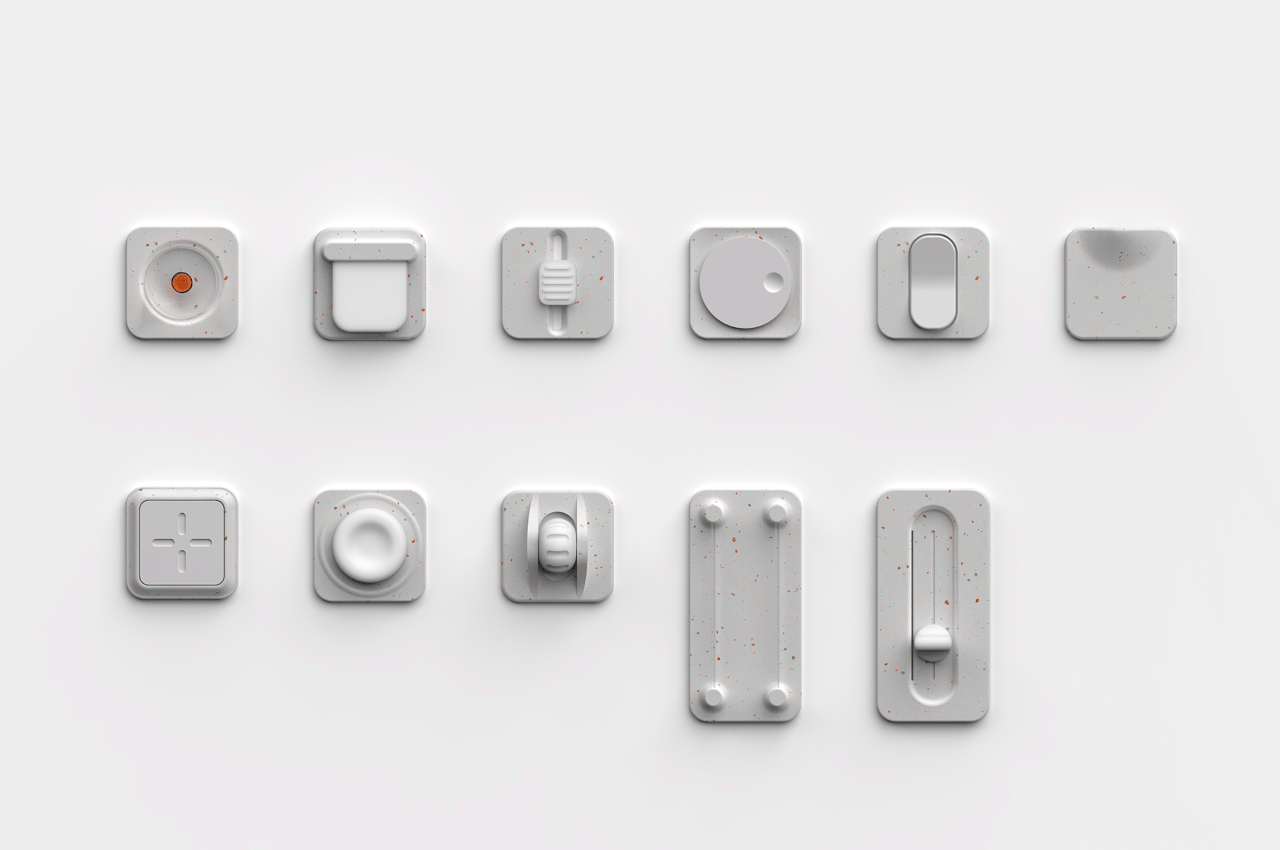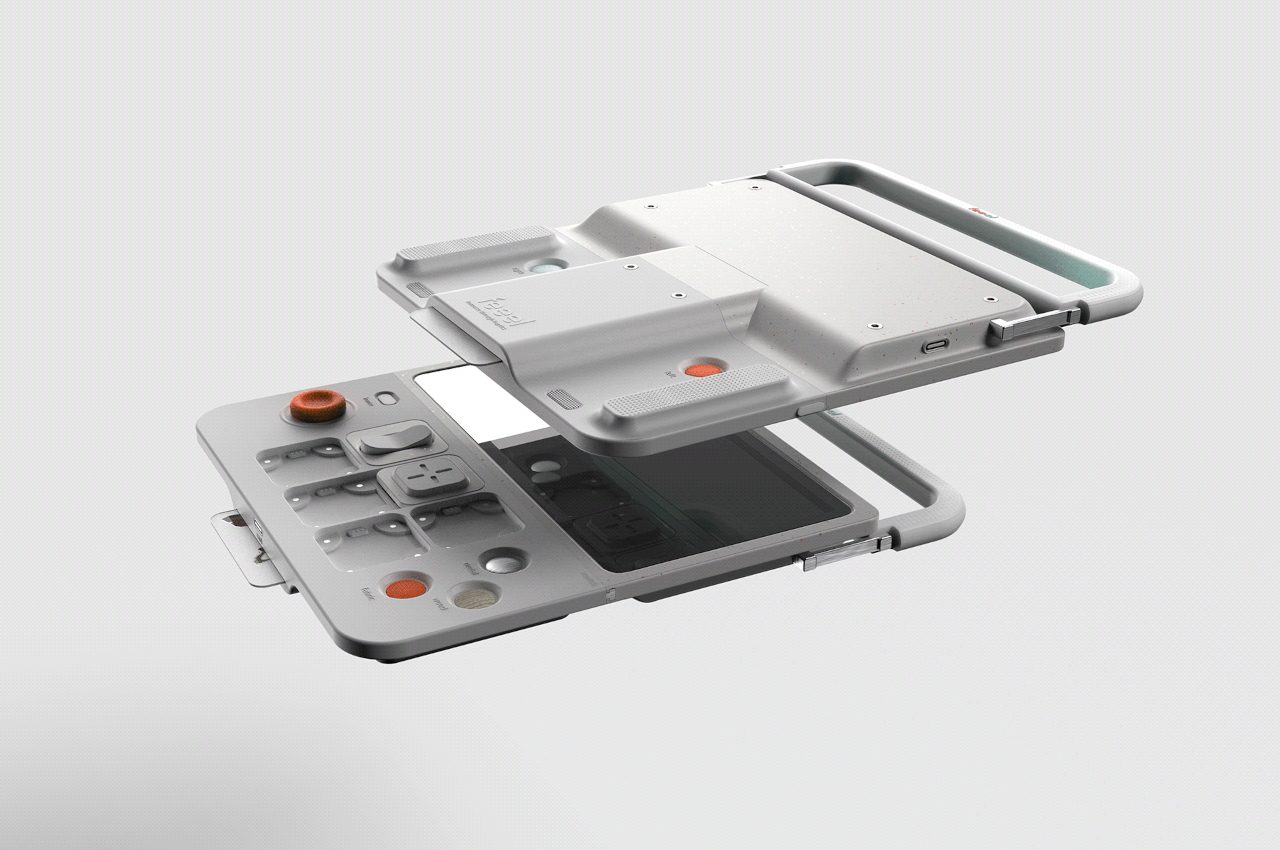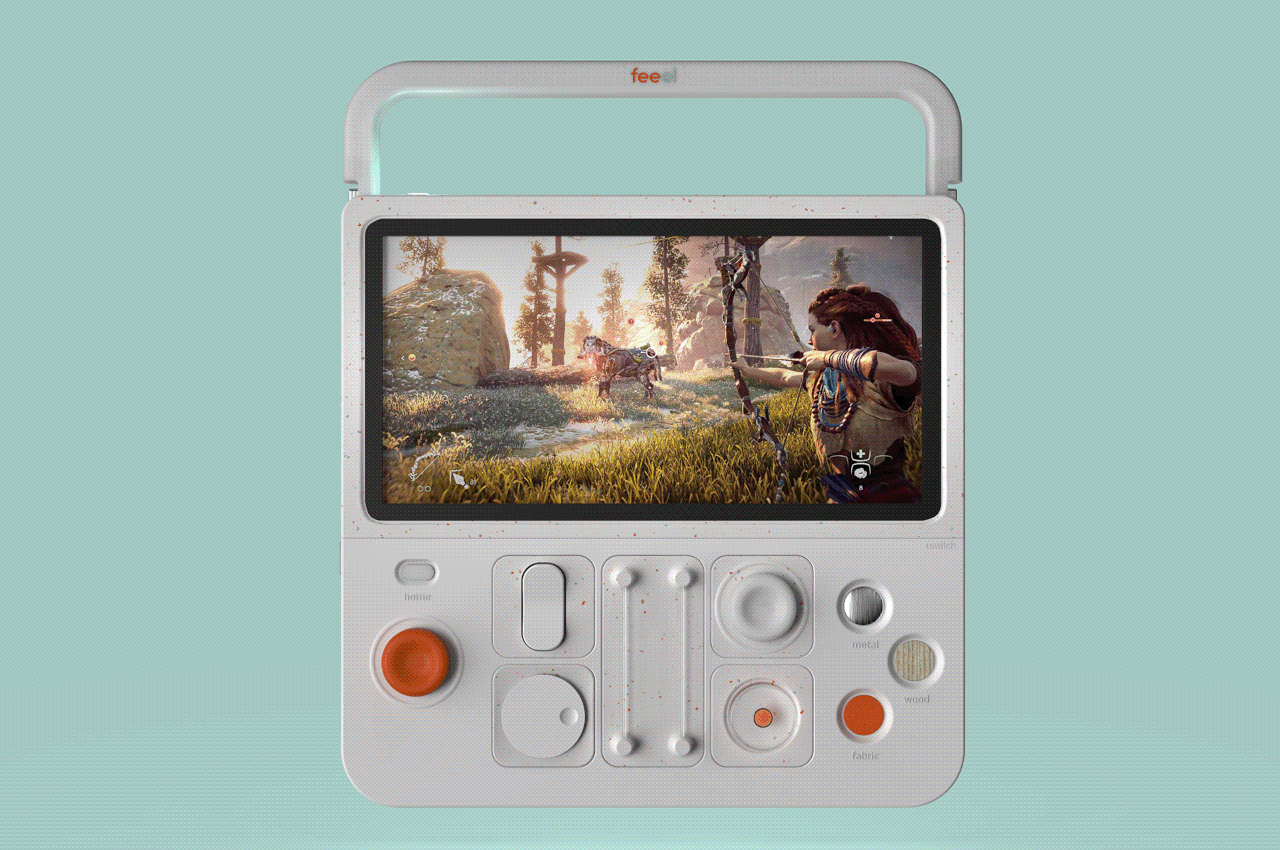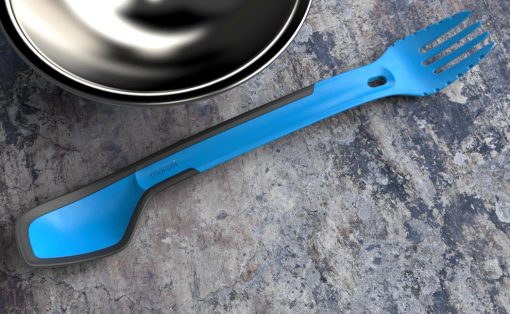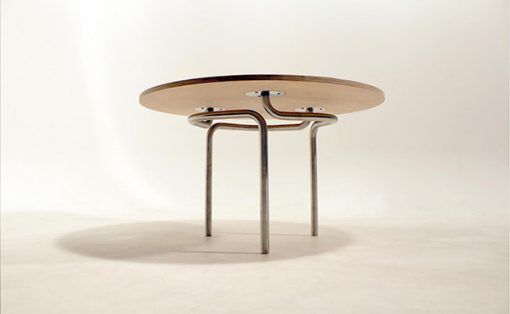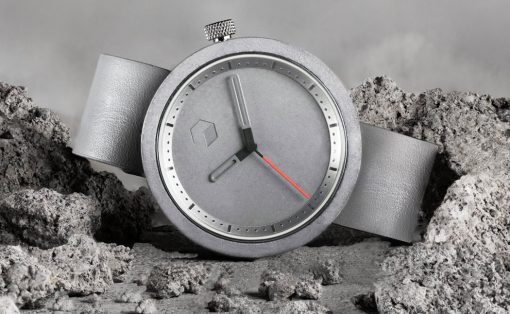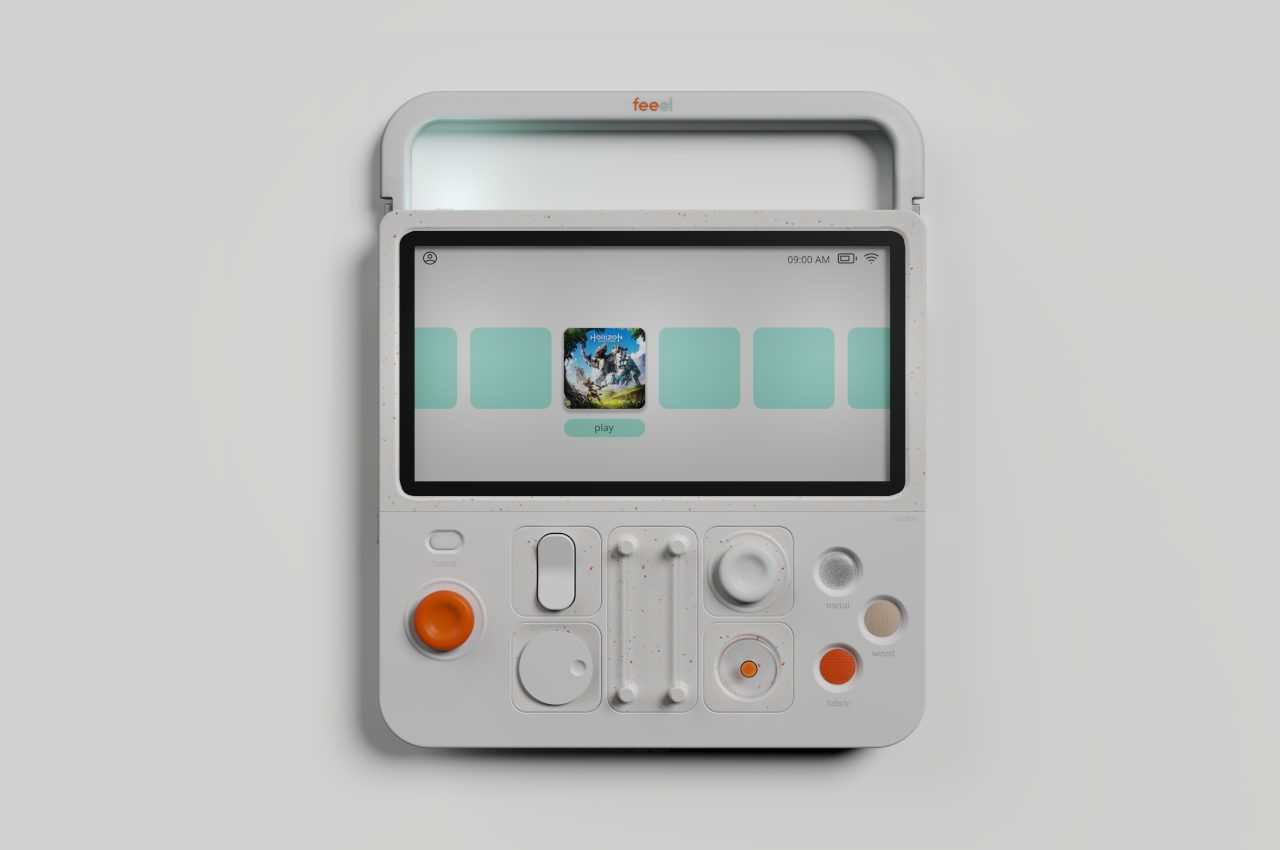
Alternative handheld gaming console designs featuring unique styles are steadily growing in popularity. Take the PocketMan P1 concept as a close example of that trend; an all-chrome hybrid handheld with the form factor of a GameBoy Color mixed with the performance and wide functionality of a Nintendo Switch or a Steam Deck. At the same time, advanced haptics and force feedback are growing more popular in mainstream gaming – especially with the PlayStation 5 dominating the current console market – and it makes sense that designers are inevitably going to try to one-up the incredible DualSense controller with their own designs.
Enter the feeel handheld gaming system. No, that wasn’t a typo. Conceptualized in a recent BA thesis by Jasmin Kappler, a student at the University of Applied Sciences Potsdam, the feeel is a concept handheld designed to maximize the sensory experience of the user by conveying precise haptic feedback through specific material-based interactions. It’s also extremely customizable, with up to six slots to switch between configurable buttons and toggles, meanwhile its orange-and-gray color scheme and carrying handle is accented with a birthday cake-inspired pattern that harkens back to the days when school children would hide Nintendo handhelds and old Pokémon cartridges in literal lunch pails.
Designer: Jasmin Kappler
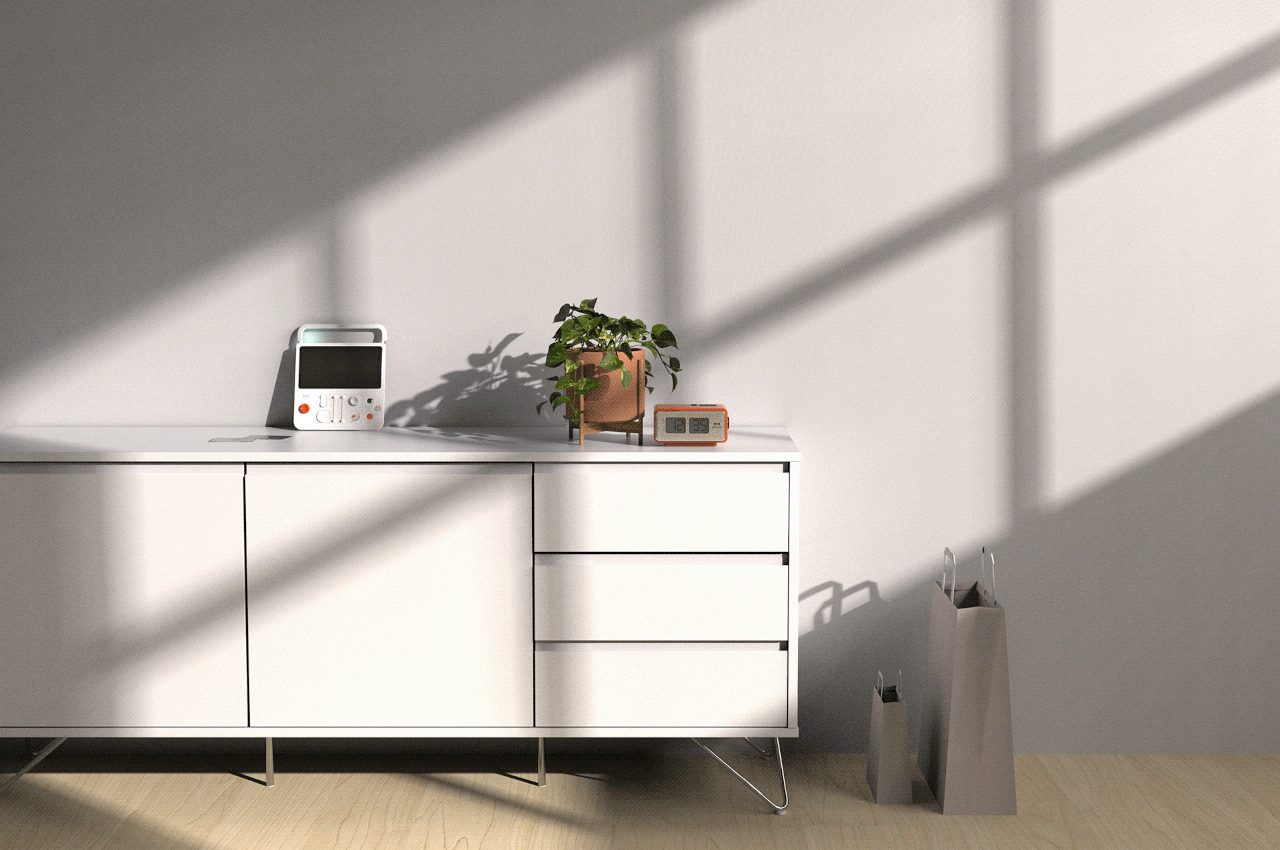
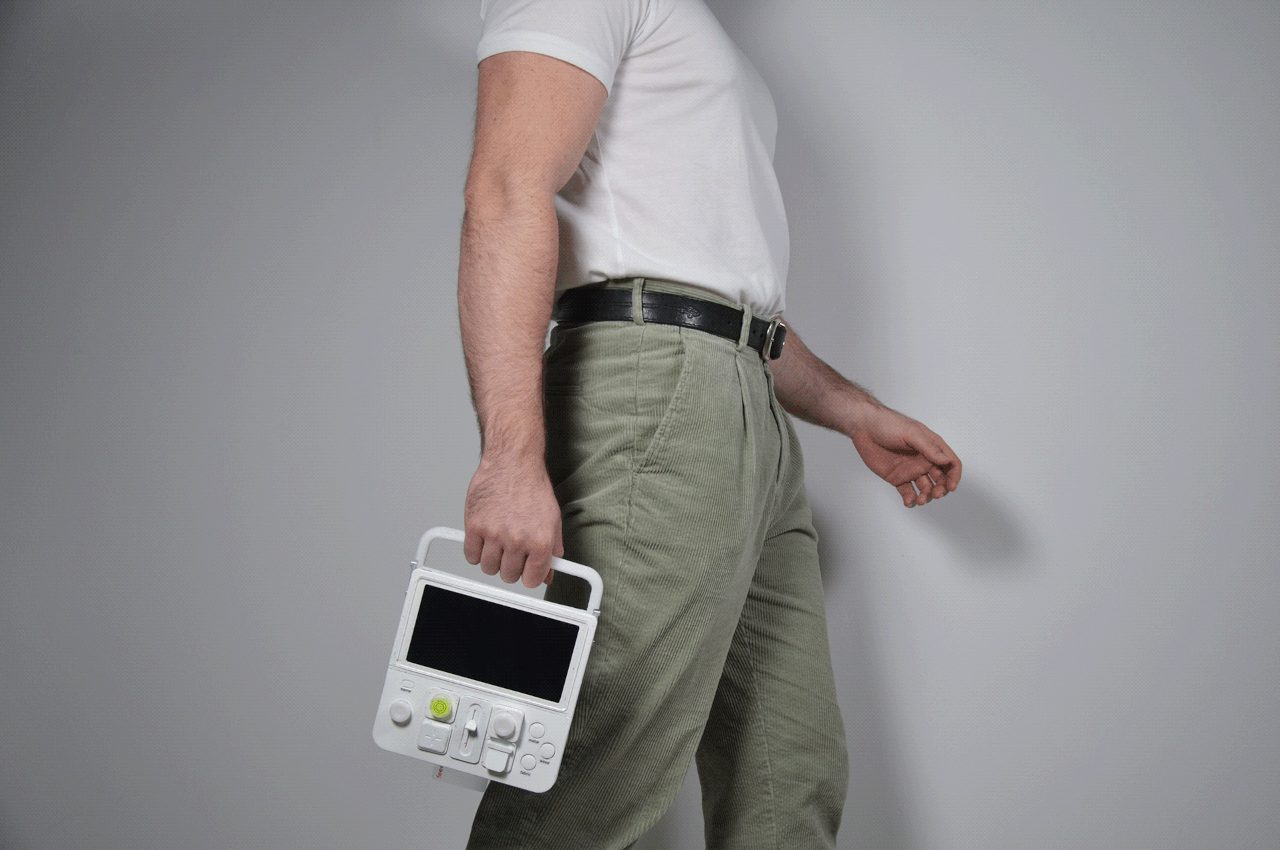

The feeel’s unique haptics system is based around three buttons on the front of the device – one made of metal, one wood, and another fabric. When chopping down a log or nocking an arrow in a bow in a game, for instance, the wooden button is meant to exhibit force feedback meant to feel more “real” due to the physical qualities of the material conveying the haptic effect. Asking a user to do an extra action (in this case, pressing an optional button) may not be the most practical way to implement haptics into a console or controller, but here it clearly serves as a great way to test the edges of current haptic technology.
Kappler clarified the intention of the thesis on her website, saying, “The question arises how the sense of touch can be better addressed by the control system, so that players can more easily achieve an immersion. How can tactile perception be trained and improved through video games? The aim of this bachelor thesis is to answer these questions and to implement them in a concept for a handheld game console.”
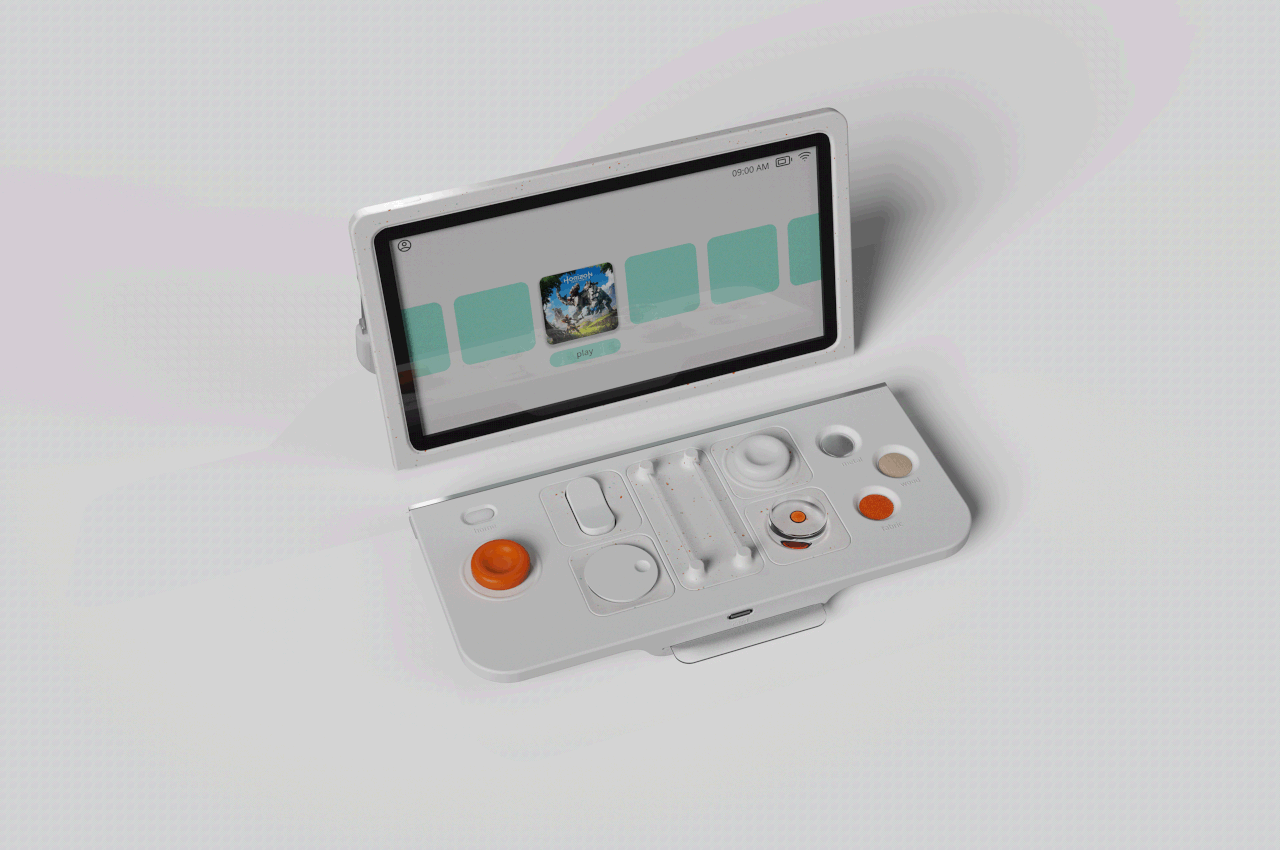

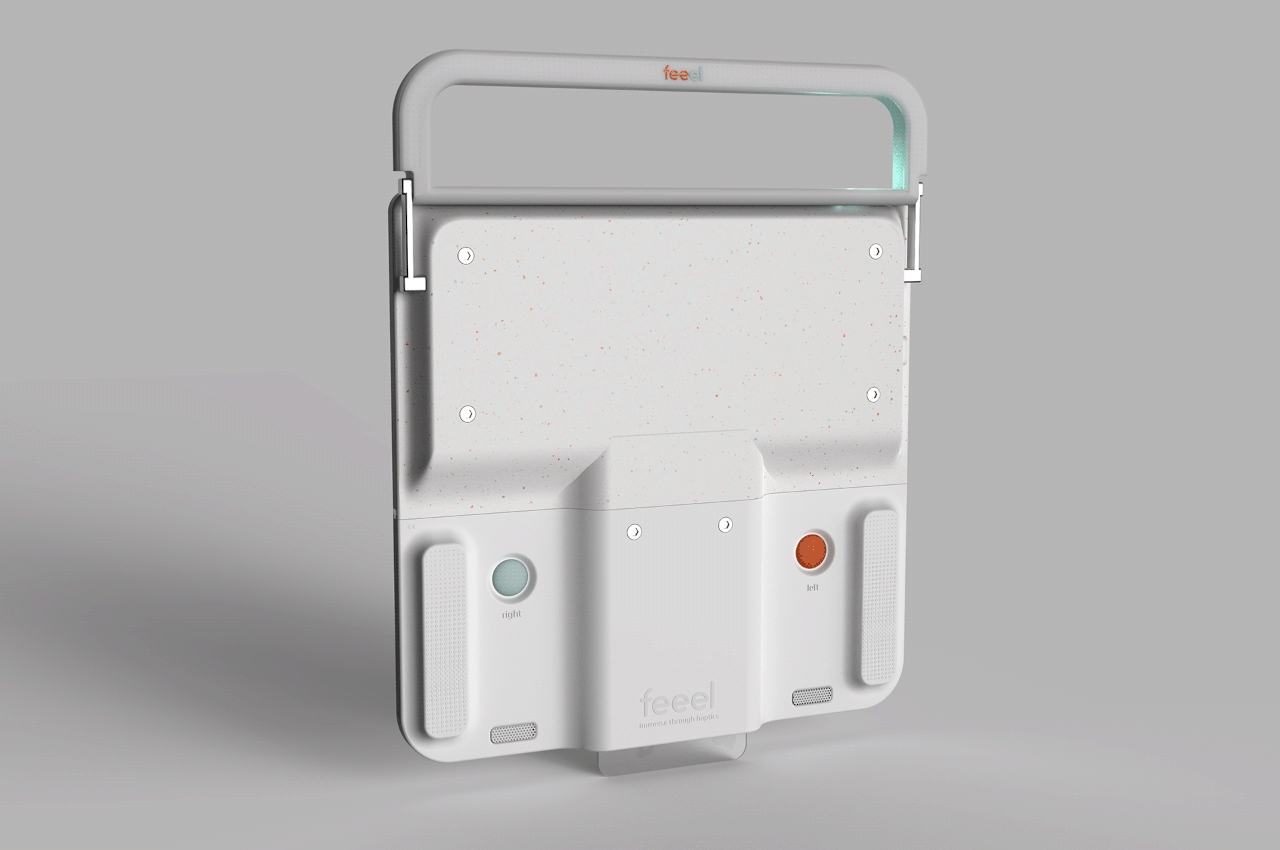
Kappler’s concept shows an icon of Horizon Zero Dawn as well as other games that probably wouldn’t be able to play on an actual handheld – at least, not without serious AI tech and/or cloud streaming functionality. In that sense, it feels less like a Nintendo throwback and more like a modern emulator or Steam Deck-a-like. However, its modular design makes it stand out from those devices in a way that feels distinctly like a Nintendo console.
Take the screen, for instance. It can detach from the body/controls to allow for tabletop play. The feeel’s controls are also completely reconfigurable, like the PlayStation 5 Access Controller, featuring six different magnetic zones where a number of dials, knobs, sliders, and buttons can be placed and programmed for use in a wide variety of games. This is a great way to let the user define their own experience, and it’s nice to see more console designs move in this direction as accessibility and modularity become more commonplace.
